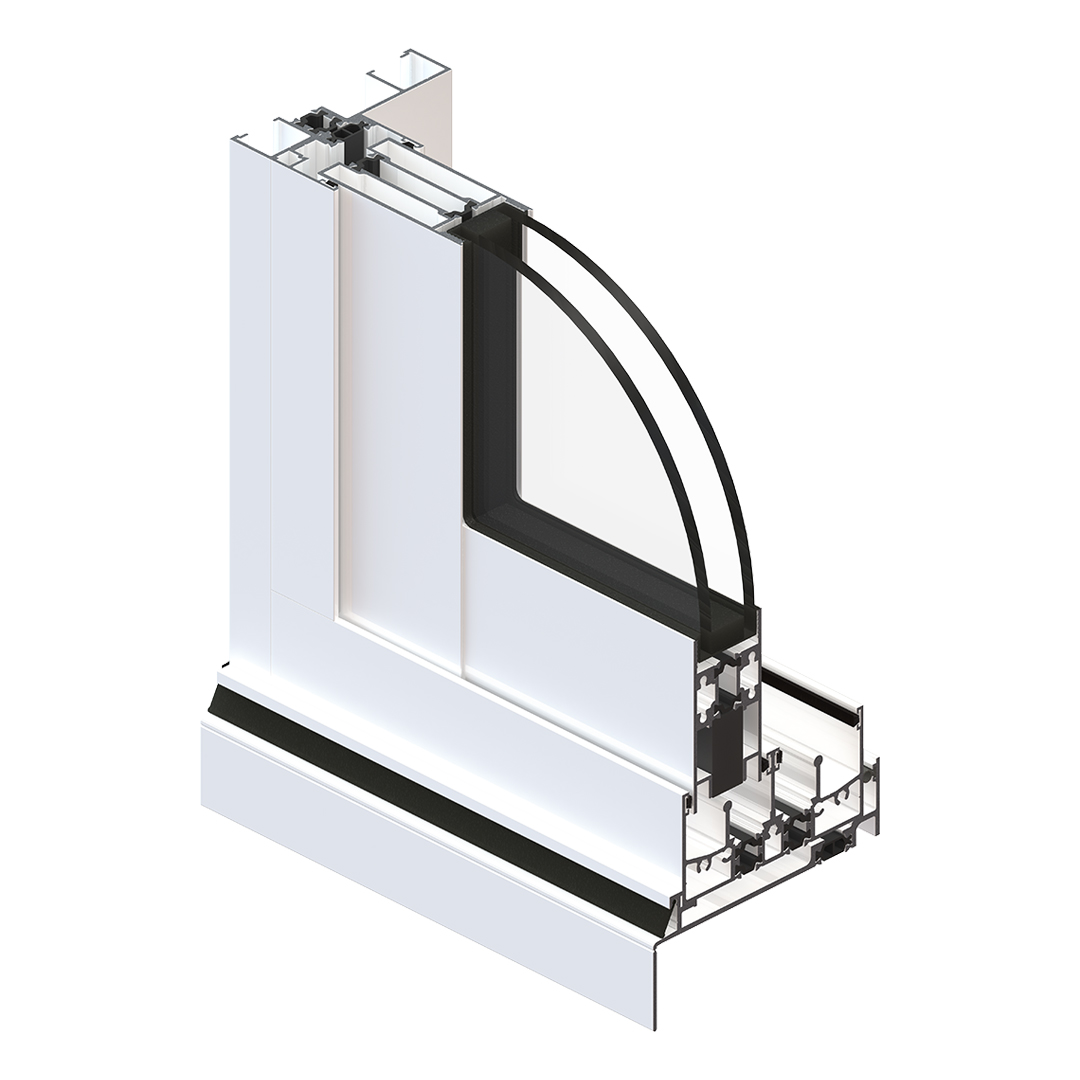Our global community has become increasingly environmentally conscious, with a growing desire to improve energy efficiency in residential and commercial buildings. There is increasing pressure to build more energy-efficient homes and commercial buildings, not just for the savings in energy costs for the benefit of the community and to lower our greenhouse gas emissions.
Windows are a large component of any building and are becoming increasingly important in achieving energy efficiency targets. Their energy performance is measured through their Uw values, SHGC, and WERS ratings. The lower the Uw and SHGC ratings a window achieves, the greater the energy efficiency. Click here to find out more about Uw & SHCG ratings.
ClimateGuard window, door, and framing systems help to maintain optimal temperatures and comfort in residential and commercial buildings. The technology behind ClimateGuard consists of a polyamide strip that sits between the interior and exterior aluminium profiles and blocks the transfer of thermal energy.
During the warmer months, ClimateGuard prevents hot air from outside entering your home, while in winter it reduces the amount of cool air into the home – keeping you warm and comfortable indoors. By keeping hot and cold out of your home, depending on the season – ClimateGuard also reduces your need to use artificial temperature control in the form of fans and air conditioners, thus reducing your electricity bill.
In fact, ClimateGuard goes one step further and offers more than just energy efficiency and monetary savings – it can also benefit personal health. In recent years, Sick Building Syndrome (SBS) has become a problem for the industry with it being caused by condensation and poor indoor air quality.
The thermally broken technology in ClimateGuard prevents condensation from forming on windows and reduces the incidence of respiratory illnesses connected to SBS.

Section J Requirements
Energy efficiency provisions for multi-storey residential and commercial buildings are set out in Section J, Part 2 of the Building Code of Australia.
These energy efficiency requirements have undergone many changes over the years and are becoming even more stringent.
The Section J calculator and deemed-to-satisfy method are used to determine the minimum Uw values and SHGC ratings in a building, based on its climatic zone, orientation, size and glass type.
By installing a ClimateGuard system into these types of buildings, you can be confident its meeting and achieving Uw values and SHGC ratings are stipulated in Section J.
Need More Info
Fill in the enquiry form and a representative from Darley Aluminium
will be in touch soon.
